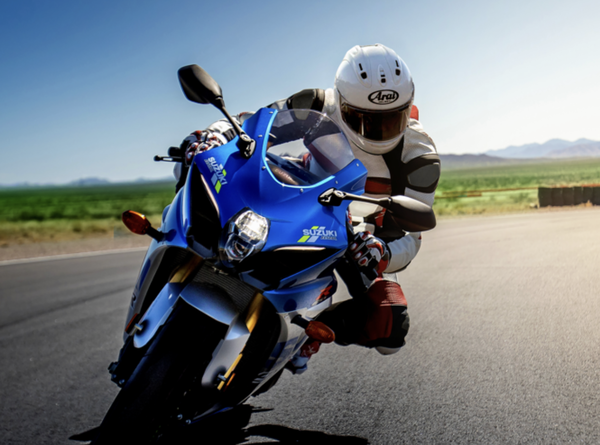What’s New With The 2025 Kawasaki Ninja and Versys 1100?
There have been big changes for the two flagship touring models from Kawasaki this year, here’s what they are
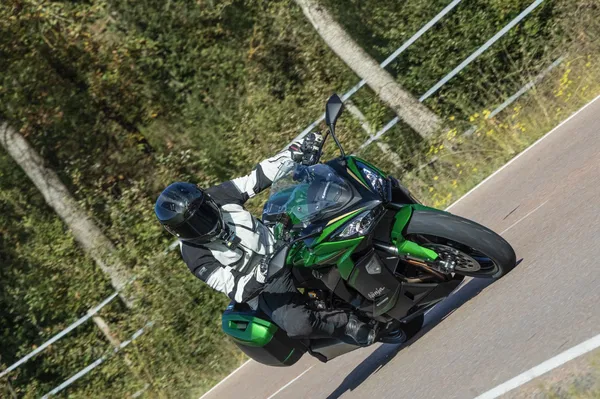
Kawasaki has taken the 2025 model year as a chance to update two of its best-selling large-capacity bikes, as the Versys and Ninja 1100SX both receive sweeping changes.
But what does that mean for the two models, and what are the main points of difference that current owners will notice when they take a test ride on either the new 2025 Ninja 1100SX or Versys 1100?
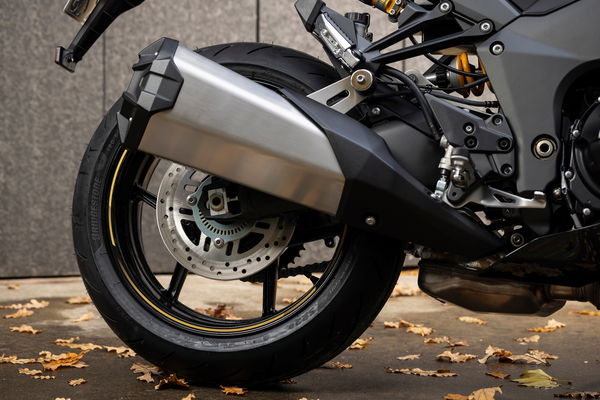
We’ll start with the engines of the bike because as the name suggests, both machines have now swelled in size. Both engines have been expanded in exactly the same manner, by stretching the stroke by 3mm and leaving the bore the same giving the engine a bore and stroke of 77.0 x 59.0mm. The result of this is an engine that increases from 1,043cc to 1,099cc.
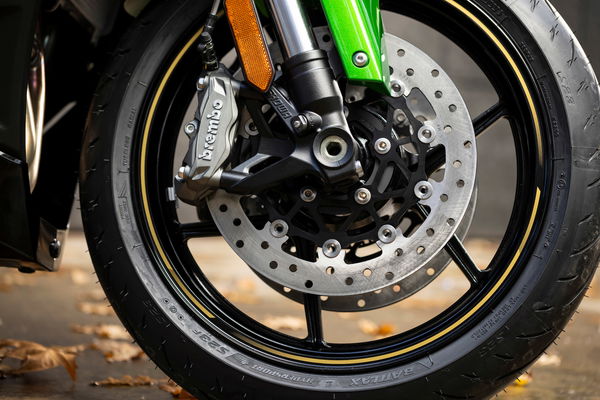
The internals of the engine were also changed for the new model, with reshaped pistons across the two bikes, joining new intake port shapes, and revised airboxes, new cam profiles. To aid the mid-range delivery and torque, a new heavier crank is used on both bikes, increasing the internal inertia of the engine.
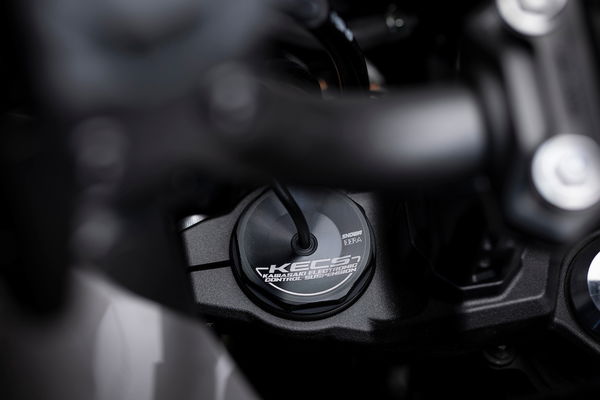
Physical changes to the two bike’s engines are basically the same, although the outcome when looking at the specifications, are very different. Starting with the Versys 1100, this bike sees its peak power increase from a claimed 118bhp to 133bhp at 9,000rpm, while torque goes from 75lb ft to 82lb ft at a claimed 7,600rpm. Conversely, the Ninja sees a slight drop in peak power, going from 140bhp to 134bhp. Like the Versys though, peak twist for the Ninja rises for 2025, increasing from 81lb ft to 83lb ft at 7,600rpm.

What Kawasaki has done with the 2025 Ninja 1100 is borrow peak power from the very top of the rev-range, a place that on a bike like this you rarely go (on the road at least) and replace it with a chunkier mid-range, more where you’d need some extra grunt when riding on the road.
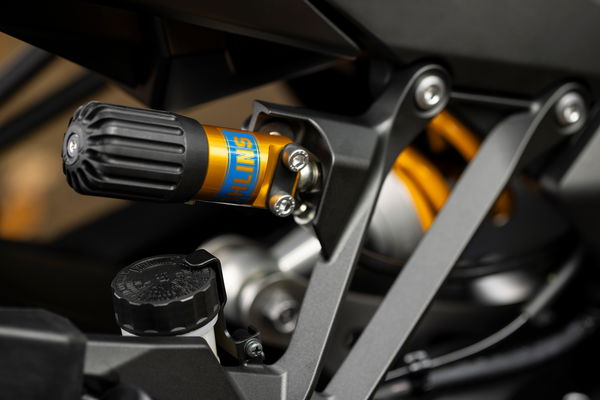
Smoother and more economical motorway cruising
Kawasaki has worked hard to make the Ninja and Versys 1100 more appealing for long-distance touring, by adding a multitude of weights and vibration dampers to bar ends, frame and footpegs, while fifth and sixth gears are now longer. The longer gears mean that when cruising in sixth gear at 60 to 65mph, the engine revs are around 4,000rpm, a seven per cent reduction in engine speed from the previous model. The changes will mean less engine noise and vibration, along with an improvement in fuel economy.
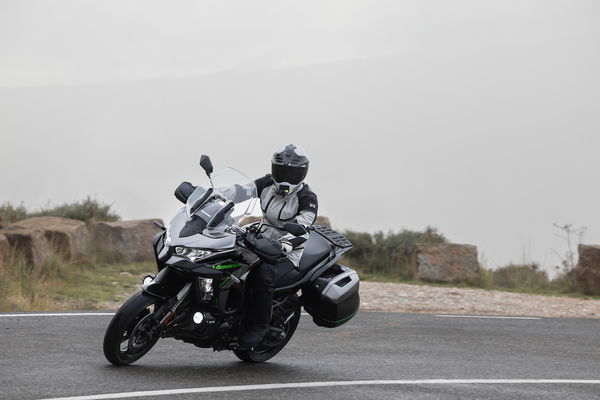
New Ninja 1000SX SE for 2025
Another piece of big news for 2025 is the introduction of a new SE variant of the Ninja 1100SX. The most premium bike in the Ninja 1100 family gains a big injection of ability in the chassis, thanks to the inclusion of Brembo Stylema M4 calipers which are mated to a Brembo adjustable master cylinder which is complimented by steel braided brake lines. Adding more comfort, composure and ability to the model is the use of an Ohlins S46 adjustable rear shock absorber complete with a remote preload adjuster.
Unlike the SE variants of the Ninja H2 SX and Versys 1100, the Ninja 1100SX SE doesn’t gain Showa’s semi-active suspension system, and instead, the bike relies on a 41mm upside-down fork with compression, rebound, and spring preload adjustability.
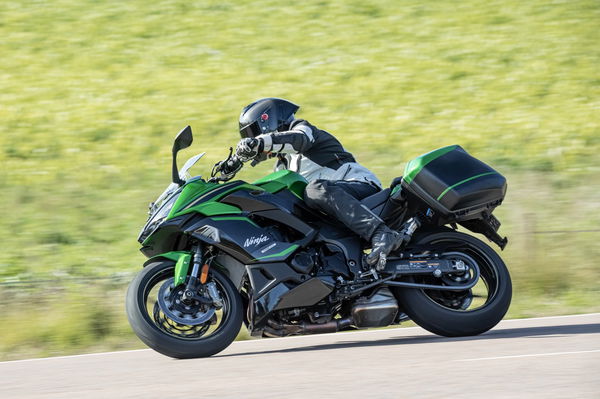
Visually for both bikes, not a huge amount has changed
One thing that hasn’t changed for either the Ninja or Versys 1100 is the styling, as both bikes are visually very much the same as the outgoing models. Even the decals used on each bike are visually very similar to those found on the 1,000cc versions of each bike. There are a few subtle changes though (aside from the change from “1000” to “1100” stickers) like the change from petal front discs, as found on the Versys 1000, to round discs on the new bike, and the relocation of the rear brake calliper on the Ninja 1100, which is now mounted on the upper side of the disc.
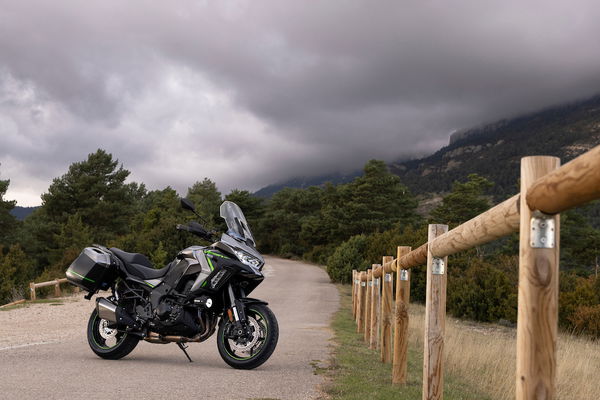
How can you get to experience the new bikes?
You can of course take a look at the editorial review of the 2025 NinjaSX SE 1100 and the review of the 2025 Versys 1100 SE, but really there is no better way to get a feel for the changes than from the rider's seat - and doing just that has never been easier.
You can use the form below to submit a test ride request directly to Kawasaki, which will then contact you to arrange getting you on either of the two new models.
